Manual Override
In the work of Tyler Hobbs, the relationship between humans and machines is filled with productive tensions.

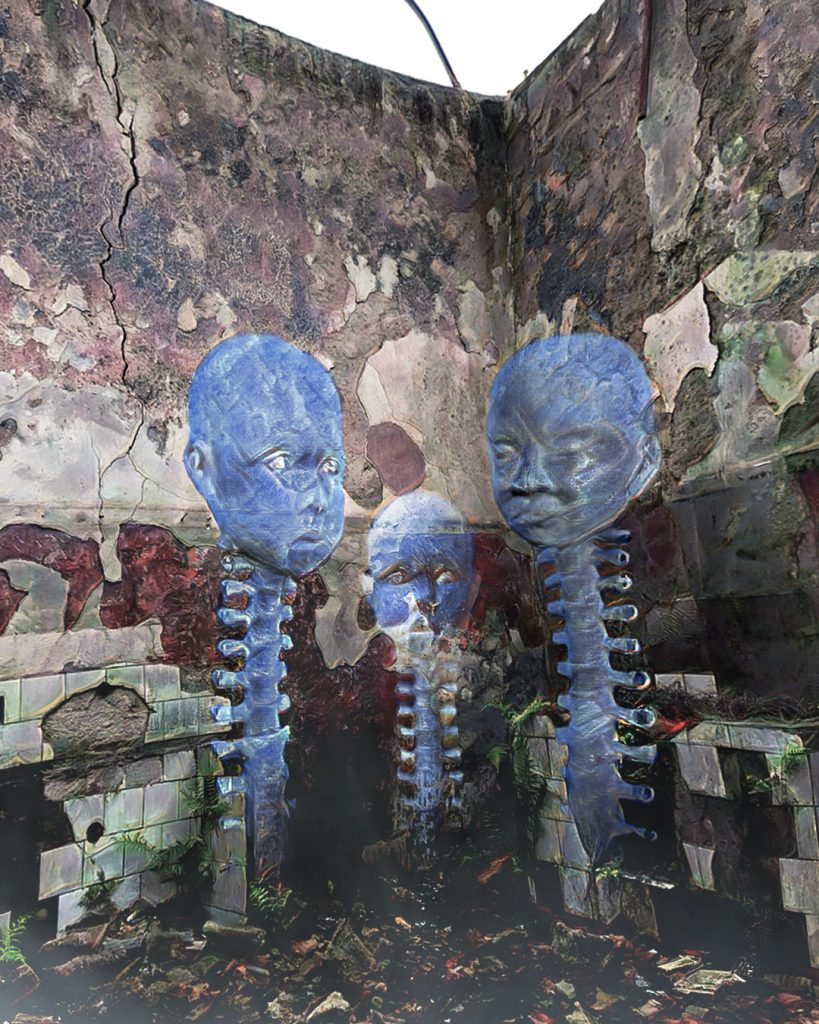
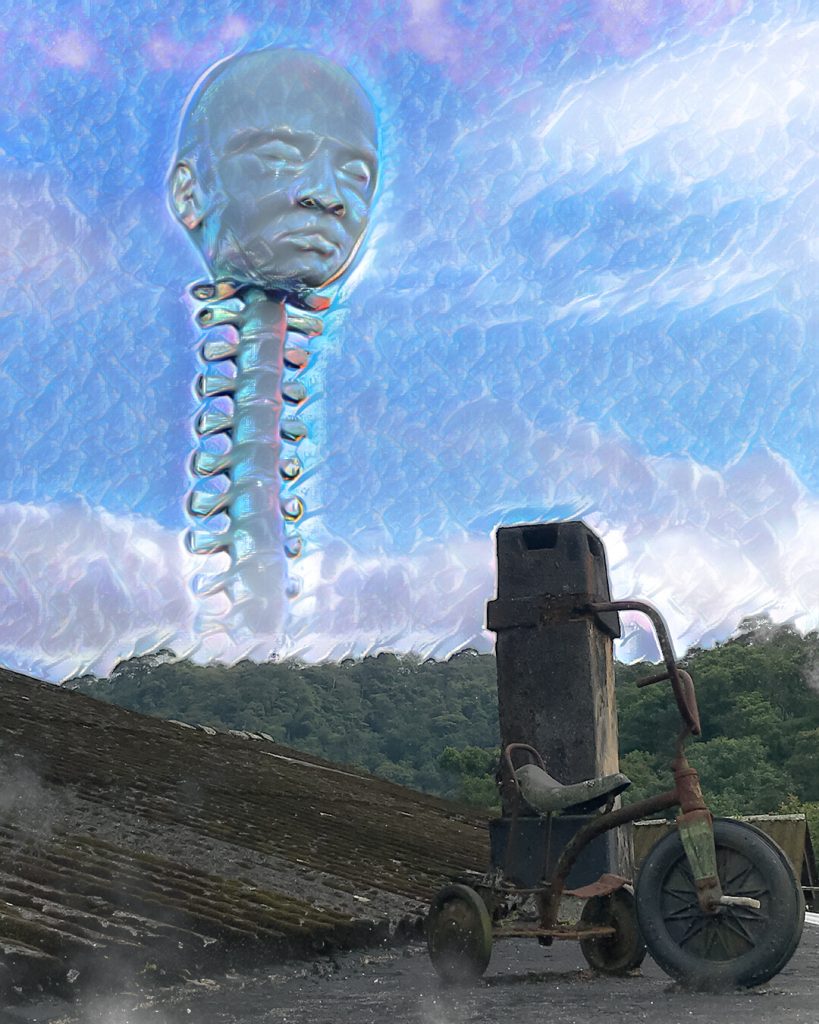
“To ride on or along (a wave)/The activity of casually looking at something that offers numerous options/Used by analogy to describe the ease with which an expert user can use the waves of information flowing around the Internet to get where they want/tools such as World-Wide Web browsers made its use simpler and more pleasant./a formal association of people with similar interests/gather and spend time together; “They always club together” /a number of people meeting for study, pleasure, games etc/the place where these people meet.”
— Travis Hallenbeck, Nasty Nets
In the never-ending cycle of the URL blurring into the IRL and back again, curators hold the divine responsibility of tuning a signal out of the noise. Our treacherous networked world was described by Jesse Darling in 2012 as a “homogenous, cancerous, rhizomatic junkspace that expands exponentially outward on a sludgy wave of strip malls and sponsored links, greed and induced demand.” A decade later our hyperreality is infinitely more complicated and still just as sludgy, with increasing disinformation, decentralized speculative art markets, and the most sophisticated algorithms of oppression to date. All this, of course, is set against the context of environmental catastrophe, precarious labor conditions, and financial devastation in the wake of the Covid-19 pandemic, among other disasters.
Artists have always found ways to adapt to shifting environments, from the BBS net.art communities of the ‘90s to the surf clubs of the ‘00s. For creators like Travis Hallenbeck and Marisa Olson, the act of surfing at outset of the Web 2.0 era was equivalent to making—an idea explored by Lauren Cornell in the 2006 online exhibition “Professional Surfers.” Searching, finding, collating, and displaying materials from the world wide web was a generative experiment in co-constructing a new collective online art practice, one that presaged the NFT communities that thrive on Discord and Twitter today. It was spiritual, too—one blog called Spirit Surfers gained a big following—and community-created lore grew and mutated into affirmative mantras as powerful if not more so than “gm.”
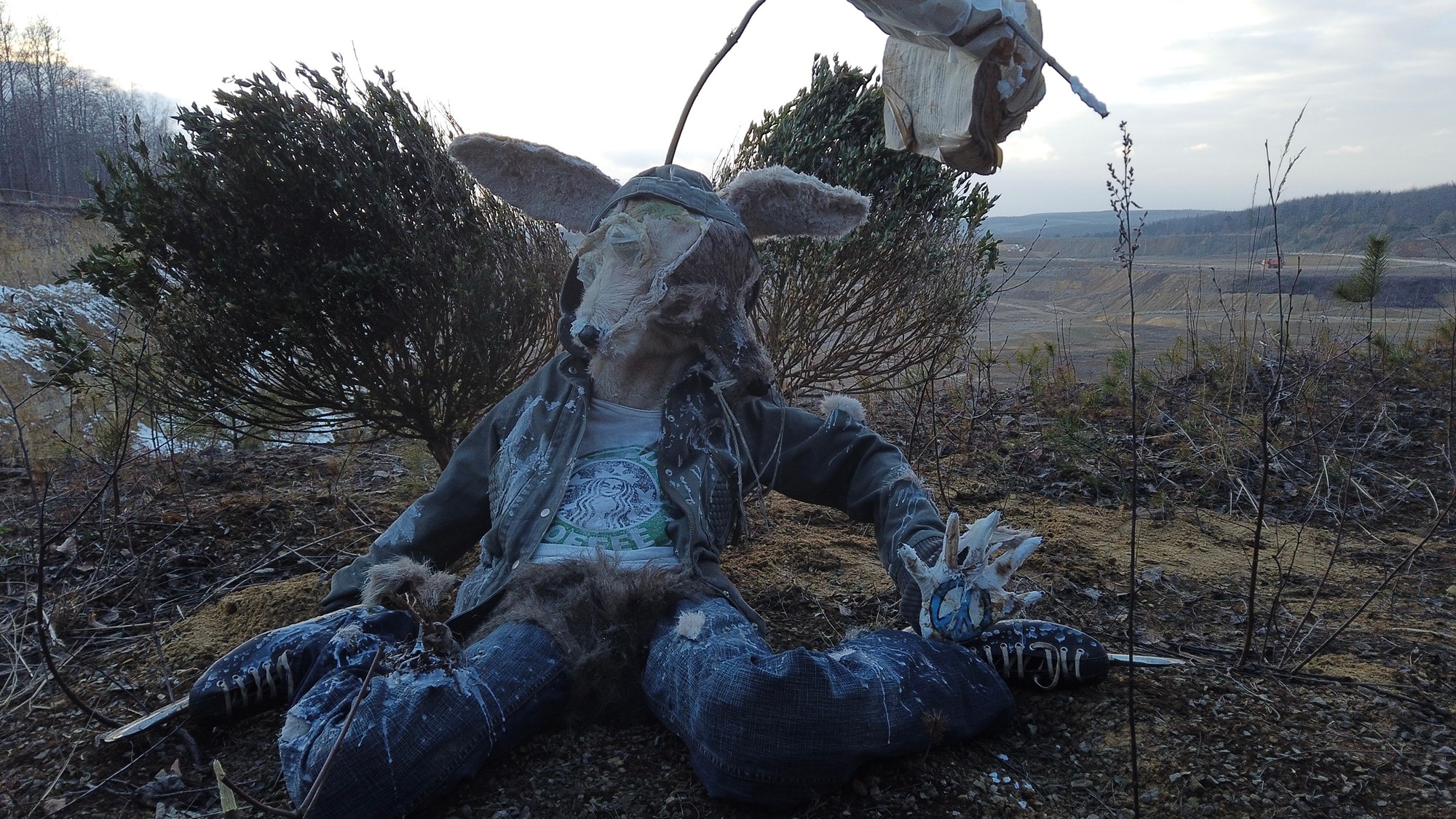
The direct descendants of the surfers are the practitioners of a post-post-internet neo-arte povera movement, lovingly described hereafter as crisiscore. There is a new generation of young curators, native to damaged worlds and broken systems, who have learned to surf the sludge waves: an international milieu of curators outside of gallery, museum, academic, and even NFT worlds who are harnessing readymade technological solutions and the materials immediately available to them while rejecting the conditions of scarcity and exclusion that define the contemporary art market. These creators live in meme DM groups and celebrity livestreams. They eat Photoshop for breakfast. They work mundane day jobs in the chokehold of late capitalism. They were never chosen by the powers that be. They take the means of production and dissemination into their own hands; photographing physical works themselves, using digital editing and rendering techniques, and applying their innate knowledge of circulation paradigms in the attention economy to put their mark on the world. They also eschew mainstream art institutions, choosing (for the most part) not to participate. The ones who use social media create obscure usernames and change them regularly, carefully crafting veiled personas in ways that harken back to some of the radical avatar identity work done by members of Second Front, a virtual performance troupe operating in Second Life in the ’00s.
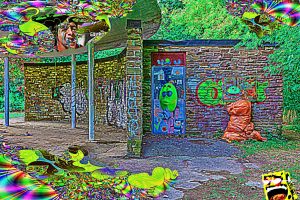
Curatorial outfits like Underground Flower, Final Hot Desert, Rhizome Parking Garage, DarkZone, Most Dismal Swamp, MCG21XOXO, Hyperlink Athens, Dharma Initiatives, i8i, Harlesden High Street, and more have been innovating on online exhibiting and site-specific installation formats in recent years. It tends to go like this: first, the curator collects works from each artist—receiving paintings in the mail, driving hours or days to pick up sculptures, and printing out emailed jpegs. The curator finds an obscure or hidden-in-plain-sight location—a sewer grate entrance, a tree stump in the forest, a highway underpass, their own basement—and DMs photos of it to the artists. In the ensuing back-and-forth, the curator places and photographs and rephotographs the work. In some cases, the artist installs their work in a chosen habitat—on the back of a toilet, in the middle of an empty field—and contributes photos of that. Together, artist and curator co-edit the images, warping and fragmenting and circulating them to accelerate the effects Hito Steyerl described when writing on the poor image. The end result is a carefully crafted selection of jpegs and mp4s—often presenting cyber-goth, twee, and punk aesthetics—infused with a deep-fried, post-processed, bootleg visual logic.
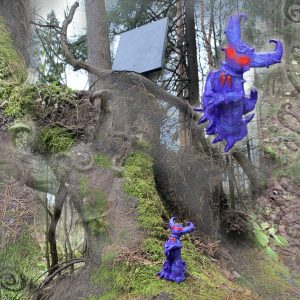
The work defies categorization, purposefully. It’s post-internet and post-photographic. It’s not quite net art because the physical component is so crucial. Web installation serves more as a vehicle for display rather than as an element in the creation of meaning. Yet it cannot be ignored that viewers do not actually experience these works off-screen. Crisiscore is suffused with the qualities Ceci Moss describes in Expanded Internet Art (2019): “An expanded artwork reproduces, travels, and accelerates across different spaces and forms, always reconstituting itself—circulating, assembling, and dispersing.” And so too do these works, existing as they do in alternate versions across websites, social media platforms, emails, and other cyber hidey-holes.
Crisiscore’s long vertical scrolls of jpegs on stripped-down webpages represent some of the most hopeful image-making practices online now. It is a sloppy, urgent, unpolished, and completely DIY form of, in Alain’s words, “co-creating images/artefacts which resonate across space and require little in terms of resources other than a wifi connection and the poetry of our damaged legacies.” Low-res files get taken down and uploaded again. New versions continually becoming in a never solid, never stable iteration process: a show is never over, it just evolves. The overwhelming, overlapping sequence of catastrophes that confront us every day models the rhythm for these shifting, aggregating exhibition formats. This is not art after the internet, but art thoroughly enmeshed in the reality that the internet has become a mainline vector for. People have turned to mysticism throughout time to create meaning from situations that seem insurmountable. Ben Sang of Final Hot Desert describes this phenomenon as “accepting oblivion and moving through it and creating pathways for energy to reach everyone in the world.” His work is deeply spiritual and rooted in ritual, an attempt to form new kinds of art that speak to the sublime across physical, digital, and metaphysical space.
The movement has coalesced around Solo Show Online, a hub that connects multiple projects and collectives spearheaded by Alain and Ian Bruner, cofounders of Rhizome Parking Garage. Their recent “bless’ed curse,” a web of twenty-three curatorial projects, includes “Annex at Swamp Road” curated by Alison Sirico and Paul Remund. Installed at an abandoned industrial site that is also, according to urban legend, an old witch’s grave, the show unfolds in images and objects posed amid the rubble. A screen balances precariously on a pile of bricks laying atop a dark pool, casting videos of Alexandra Koumantaki’s rituals enacted with light and serpentine sculptures in a distant desert. Prints hang in old exhaust vents and sewer pipes. Sculptures crawl out of piles of trash. All the works are so enmeshed in the environment they are barely recognizable as discrete objects.
This is not art after the internet, but art thoroughly enmeshed in the reality that the internet has become a mainline vector for.
Crisiscore is a mystical endeavor. “A certain kind of magic occurs in online spaces, whether than comes from the slow congealing of ancestral bones into the fossil fuels which power our electricity, the massive swarms of 5G auras which surround us invisibly, or the rapidly-paced compressions of human activity of ever kind—into readily available images,” Alain Bruner says. “Beyond the practical purposes of networking exhibitions online, is the desire to harness this latent mysticism of digital space and connect it to the material rituals of creating off site exhibitions.” Indeed, each show contained in “bless’ed curse”feels like a spell; each image and hyperlink a glyph that, when clicked on, might change the course of the future. For Bruner, there is deep power in the inclusive, polyvocal nature of crisiscore curatorial work: “The use of multiple voices and perspectives unique in time, space, and understanding can create a phenomenon of identity separation, a freedom to be leveraged to begin to know oneself and restructure reality.”
The transformative potential of crisiscore feels particularly profound in the output of Sang’s Final Hot Desert. Sang photographs sculptural work in Utah’s wilderness. “Starting from an offsite format allows for a more spiritual development,” Sang said. “Instead of being marked as ‘real’ by having a physical space or staff or monetary system, these entities are accepted as real via their interactions. The true nomadic aspects of [Underground Flower, Rhizome Parking Garage, and Final Hot Desert] are the cultural signs that they have converted into pathways of movement and dialogue.” This speaks directly to the ethos resonating through Spirit Surfers, where the act of moving through networks and collating information became a collective act of prayer or meditation. On Final Hot Desert, one might encounter images of metal oracles standing atop mountains overlooking vast and empty wastelands; distorted human figures crawling out of marshy salt flats; rope sculptures suspended from the branches of sunken trees in placid lakes like relics from forgotten theocratic dynasties. These scenes are installed for hours at most, before disappearing to live on as images.
This is more than a vain initiative for the sake of pretty pictures and lofty ideals. Crisiscore is a multidisciplinary movement rooted in wonder that looks to affect all that we know to be true, a conscious restructuring of reality that is just as tangible as it is ethereal. That terror of the sublime, looking into the void, is what crisiscore captures. Identity politics are at the foundation of digital visual culture, and the idea of using collectivity to break away from damaging realities and constrictive categories feels radical. In times like these, the only rational response, the only thing that makes sense, is magic.
Wade Wallerstein is an anthropologist from the San Francisco researching communication in virtual spaces.
